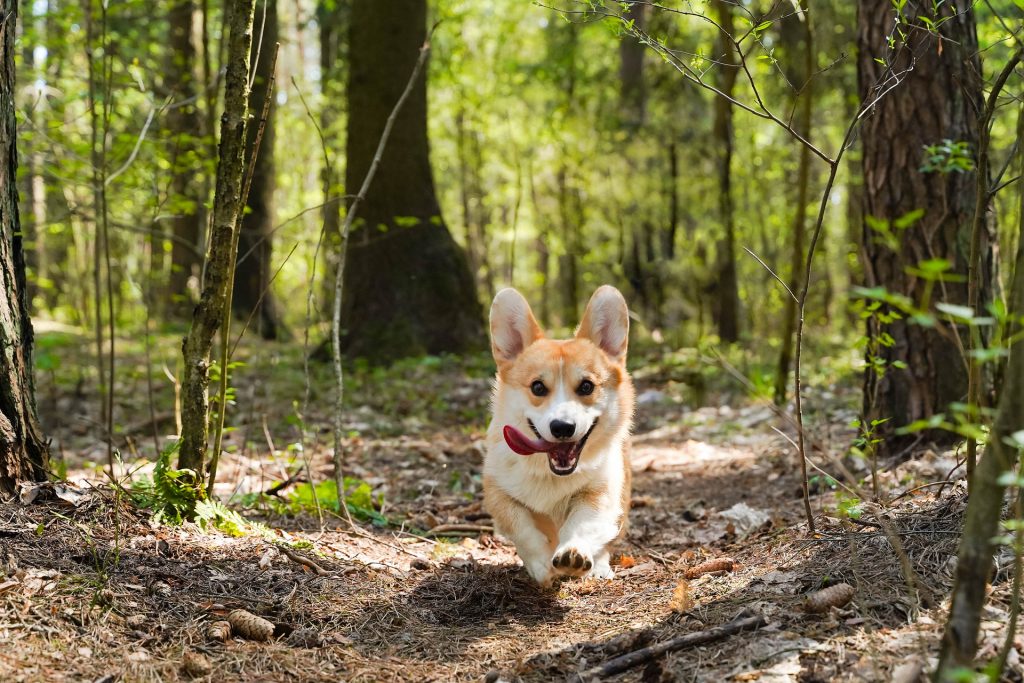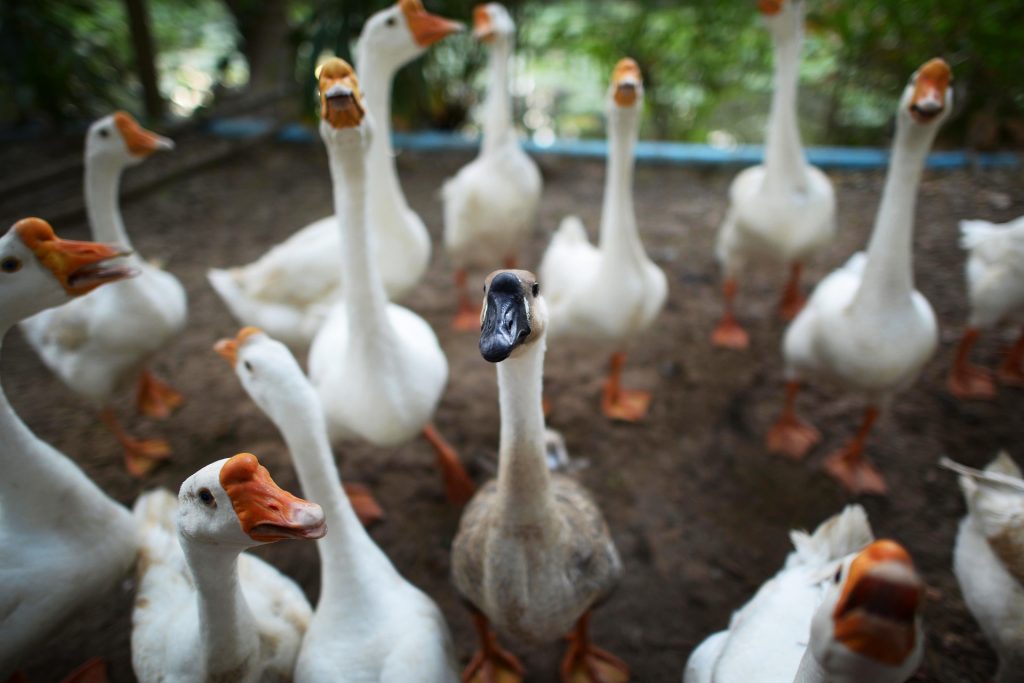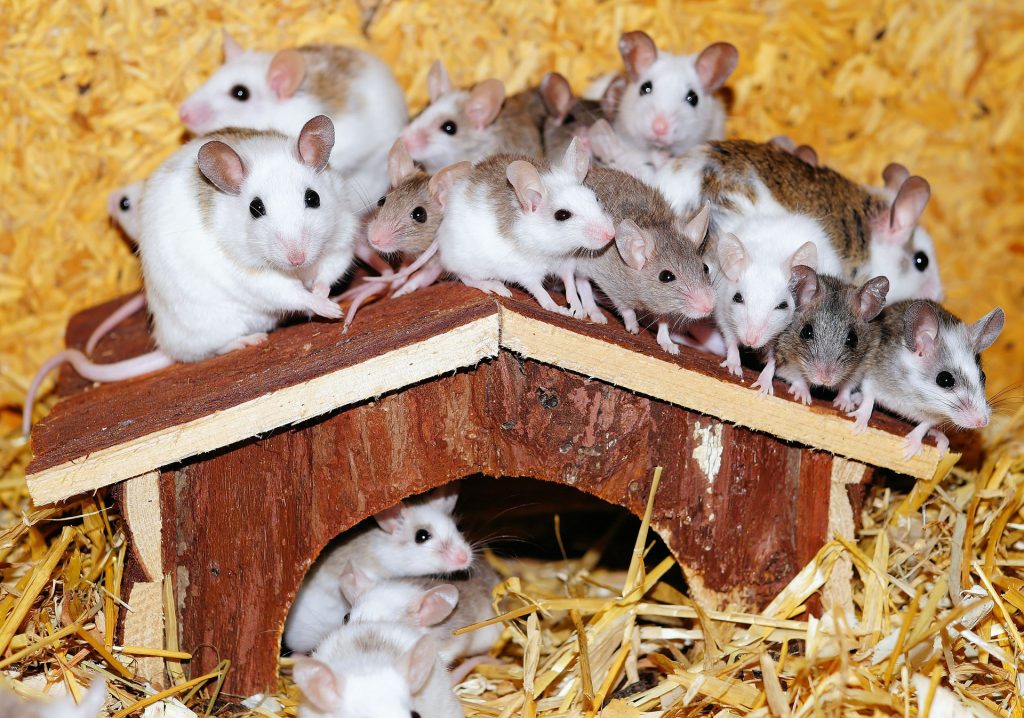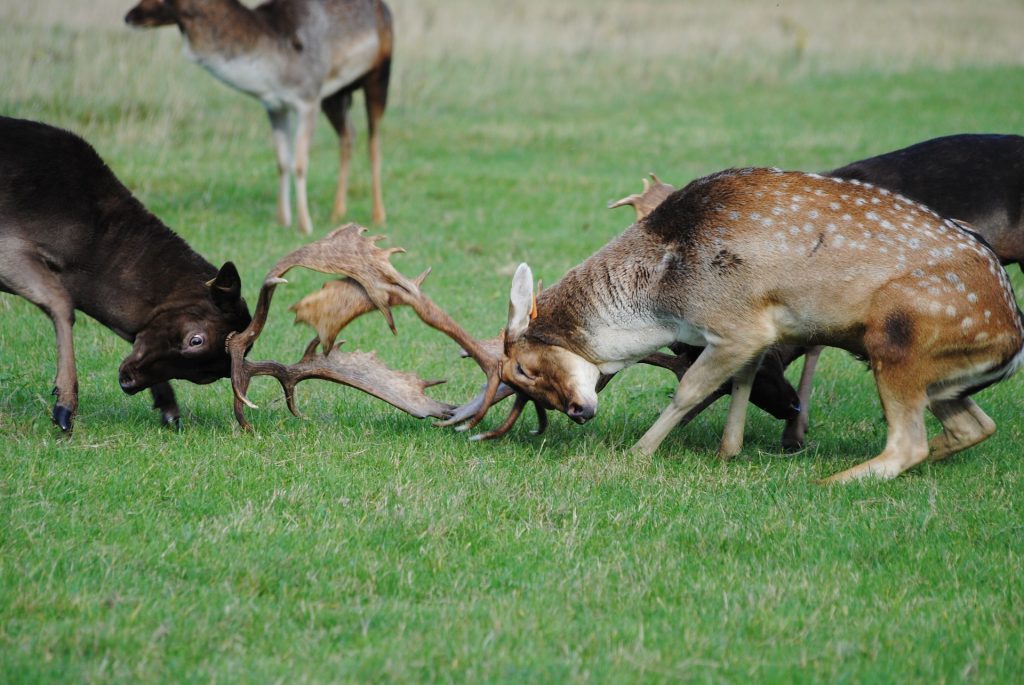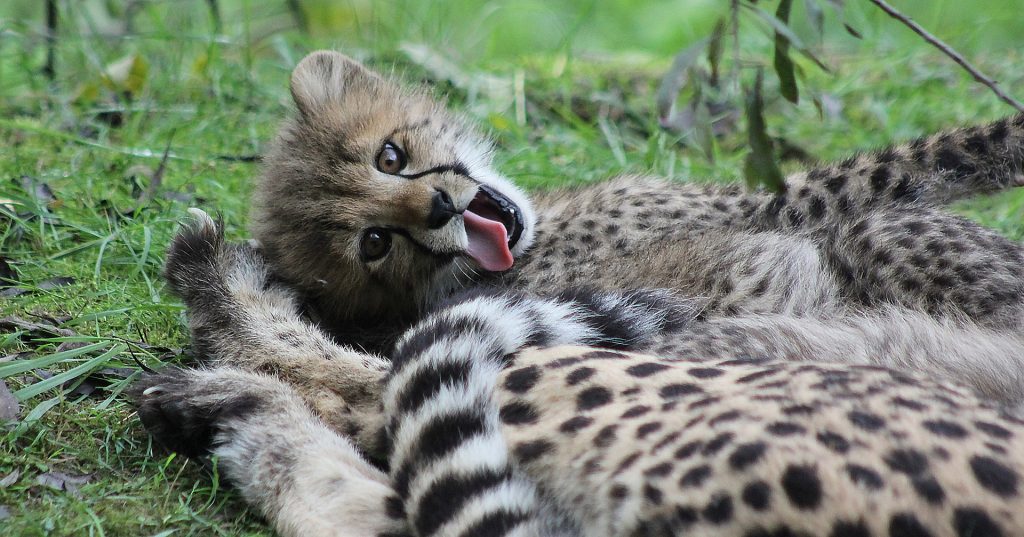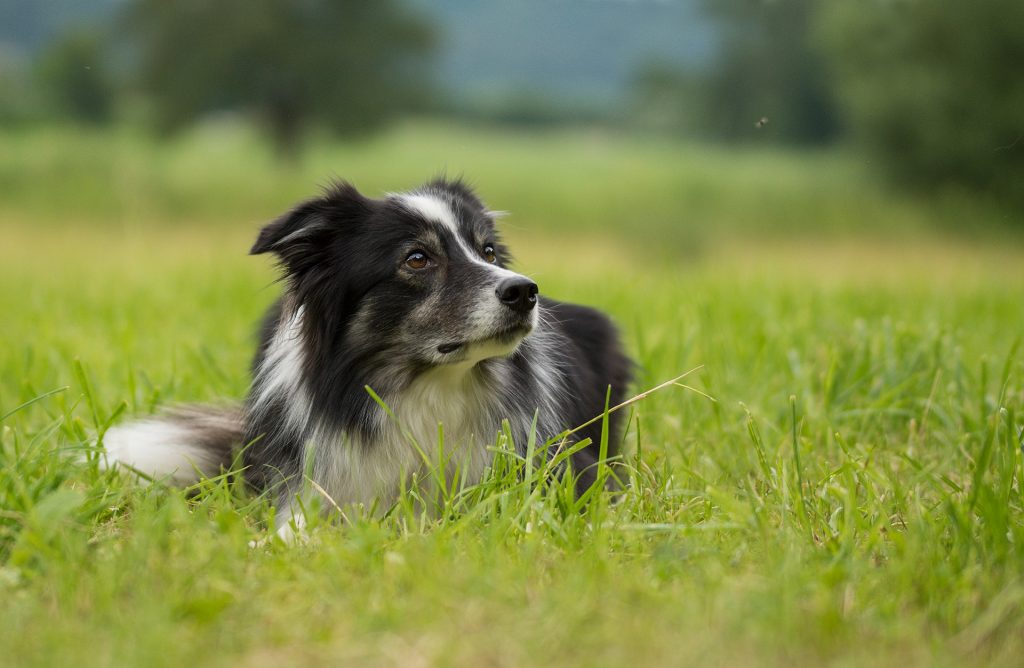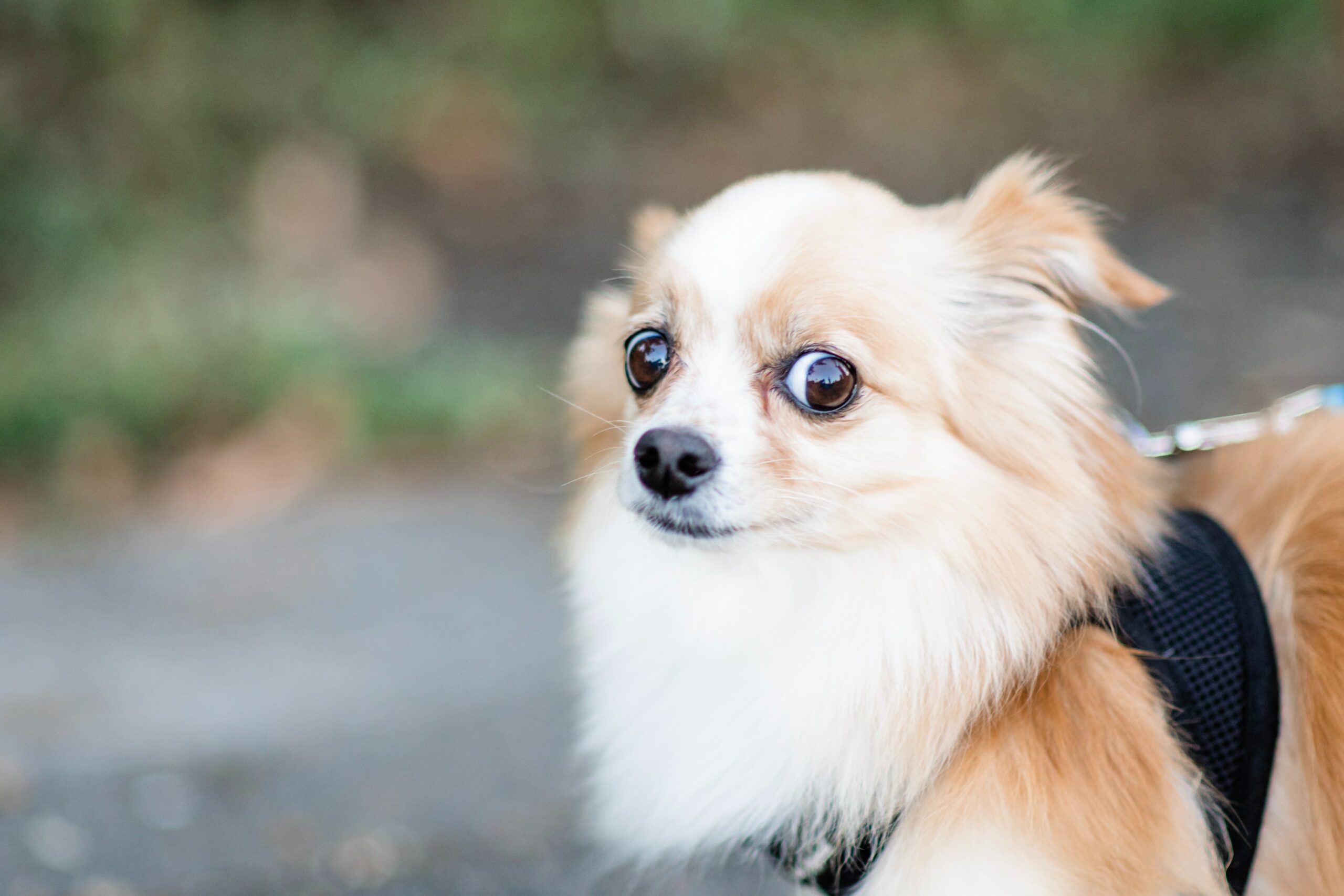Ethology is the study of animal behavior in the natural environment. It examines animal behavior from an evolutionary perspective. That means there is a focus on the adaptive function of behavior. Ethology allows us to understand the wide range of factors that influence dog behavior. This knowledge improves our ability to interpret behavior, identify and meet a dog’s needs, promote well-being, and prevent and address behavior issues. Remember—dogs are domestic animals so living with humans is their natural environment!
In order to truly understand ethology and dog behavior, we need to start with a strong understanding of evolution and natural selection. Evolution occurs when the frequency of genes within a population changes over the course of several generations. For example, let’s say we have a population of wolves. About 20% of the wolves are white and about 80% are gray. Over the course of several generations, the proportion of white wolves increases to 35%, and gray wolves decrease to only 65% of the population. This is an example of evolution. There are several different drivers of evolution but for our purposes, we are most interested in natural selection.
Natural Selection
The theory of natural selection was first published by Charles Darwin in 1859. Natural selection is a process where certain genetic variations that make animals more likely to reproduce gradually become more common within a species. Let’s break this down. Darwin made several observations:
Variation is an inherent property of life.
This one is very simple. Not all animals are the same. There are differences between species and there are differences within species.
More offspring are produced than ever survive.
Consider a population of house mice. A typical house mouse female has five to ten litters per year and each litter has about seven pups, on average. If you do the math that comes out to about 52 pups a year per female. Let’s assume that half of those pups are females which gives us about 26 new potentially reproductive females every year. If all of those females reproduce average size litters then in the second year we have 1,365 pups! If we again assume that half of those are female, we have 682 females reproducing in the third year which gives us on average a total of 35,805 new mice!
You can see where this is going. If this actually happened, we would be completely overrun with mice in a very short period of time. This doesn’t happen, of course. And that’s because of Darwin’s next observation.
Animals compete to survive.
Animals have to compete for food, shelter, reproductive partners, and survival. Remember his first observation that variation is an inherent property of life? Some of those variations might confer an advantage, while others could be harmful. For example, a cheetah that can run a little faster than the other cheetahs will be more likely to catch food. However, a squirrel that has a gene mutation that changes its coat color may be easier for predators to spot.
Successful variations are passed onto future generations.
Successful variations make animals more likely to survive long enough to reproduce. Those variations are then passed on to future generations. However, the animals with deleterious variations are less likely to successfully reproduce, so their genes are less likely to be passed on. You’ve probably heard the phrase “survival of the fittest”. A more accurate phrase would be “reproduction of the fittest”. Survival alone—without also producing offspring—would not have an impact on evolution.
Over time, this process results in animals that are extremely well-adapted to their environment. When Darwin first published his observations, he presented natural selection as a theory. However, evolution via natural selection is now one of the few things (like gravity) that is accepted as fact in the scientific world. The evidence to support it is overwhelmingly strong.
Evolution and behavior
When we think of evolution and natural selection we often think of physical traits such as coat color size or speed. However, natural selection also acts on behavior.
All animals have certain innate behavioral responses. Reflexes are completely controlled by genetics and do not require any prior learning to function. Reflexes are the simplest form of behavior and do not even involve the brain (instead they’re processed through the spinal cord). Innate behavior sequences, sometimes called fixed action patterns, are also strongly influenced by genetics and do not require learning. However, they are more complex and variable than reflexes. Examples of behavior sequences include grooming, consumption behavior, and hunting sequences. For example, the hunting sequence of canids is orient, eye, stalk, chase, grab-bite, and kill-bite. It turns out these sequences can be altered by genetics as evidenced by differences in development among breeds. For example, Border Collies demonstrate orient, eye, stalk, and chase, and police line German Shepherds display orient, chase, and grab-bite (Lord, 2010).
Finally, we have general behavior traits, which are influenced by a combination of genetics and learning. These traits influence just about every aspect of behavior and include things like aggression, activity level, and sociability. General behavior traits are much more complex and much more variable than either reflexes or behavior sequences.
Implications for dog training and behavior
How can we use this in dog training and behavior? There are many ways but let’s take a look at this from the perspective of aggression. In our field, aggression is often defined as a specific set of behaviors such as growling, snarling, snapping, and biting. The problem with this approach is that there may be different motivations underlying the same set of behaviors. In many cases, it is assumed that the aggression is fear-based and it is treated as such. Indeed, the relationship between fear and aggression in dogs has recently been supported by research. However, I sometimes (rarely) come across cases of aggressive behavior in dogs that do not seem to be motivated by fear. This has led me to suspect that there may be different motivations and neurological processes in certain types of aggression. Ethology can offer us some insight in this regard.
In ethology, aggression is considered a type of social behavior. Social behavior can be affiliative or agonistic (conflict-based). Agonistic behavior is divided into aggression and defensive behavior. Aggression is defined as conflict over resources. Defensive behavior is defined as a response to a perceived or actual threat. These two categories of behavior definitely have different underlying motivations. It is entirely possible that they are controlled by different processes within the brain and it is likely that they need to be addressed differently in treatment.
Defensive behavior is more in line with fear-based aggression as we typically see it in dogs. That fear-based or defensive behavior may then manifest in different contexts. For example, you could have a dog that is fearful of strangers and therefore barks and lunges toward strangers. Or, you could have a dog that is anxious and uses item possession as a coping skill. In that case, the dog may display growling and/or biting behavior when people try to take away their so-called security “blanket”. Alternatively, resource guarding could be motivated by aggression in the ethological sense where the dog is simply protecting a valued resource. The overall treatment plan would probably look different for a dog that shows guarding behavior without a fear component than for a dog that does have a fear component.
Aggression can also occur in cases of frustration. In psychology, this is often referred to as “proactive” aggression. Proactive aggression is defined as aggression that functions to access or maintain a resource, or achieve a goal. In that sense, I think it is very similar to the ethological definition of aggression. However, I really like the addition of achieving a goal as a possible function, as sometimes it can be hard to identify a resource.
Proactive aggression is contrasted with reactive aggression which is defined as aggression in response to an actual or perceived threat. Note that this is the exact same definition as defensive behavior in ethology. In dog behavior, we’d probably call this fear-based aggression.
Some would label proactive aggression as “dominance aggression”, however that is problematic as well. Again, ethology can help us here. Dominance hierarchies function to decrease conflict over resources. In many species—including wolves and possibly free-ranging dogs—dominance is ritualized. That means animals display ritualized behaviors to reinforce dominance relationships without resorting to physical altercations. In fact, lower-ranking individuals frequently initiate submissive behavior toward higher-ranking individuals. It is believed that this voluntary deference serves to maintain dominance hierarchies and prevent or diffuse conflict. Contrast this with the traditional view of a more top-down approach where the higher-ranking individuals enforce their position through threats or violence. Multiple studies have failed to find any relationship between dominance status and aggression. The question of whether or dog pet dogs form dominance hierarchies is still unclear and a subject for another blog post. However, even if they do form dominance hierarchies, we have no evidence to suggest that “striving” for dominance is a driver of aggression. Rather, dominance hierarchies should actually function to decrease aggression!
I cannot even come close to addressing all of the details and complexity of aggression or dominance in a single blog post, but I hope this has given you an idea of how understanding ethology can help inform our interactions with our dogs. If you enjoyed this post and would like to learn more about the ethology of behavior, please check out the Fundamentals of Ethology course I will be teaching for the IAABC Foundation. Don’t delay – it starts on May 5th, but the first live call isn’t until May 12th, so you’ll still have time to watch the material if you register a little after the 5th.

